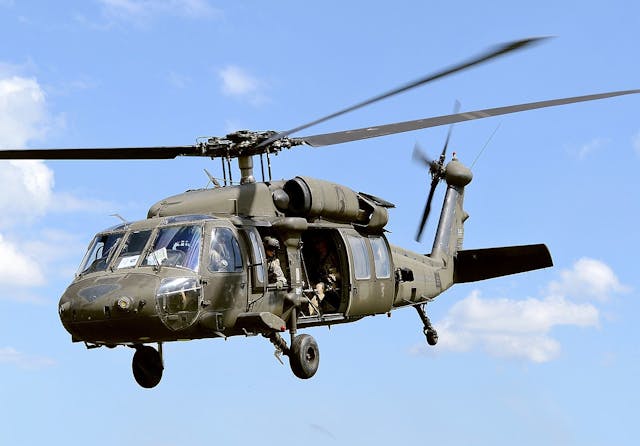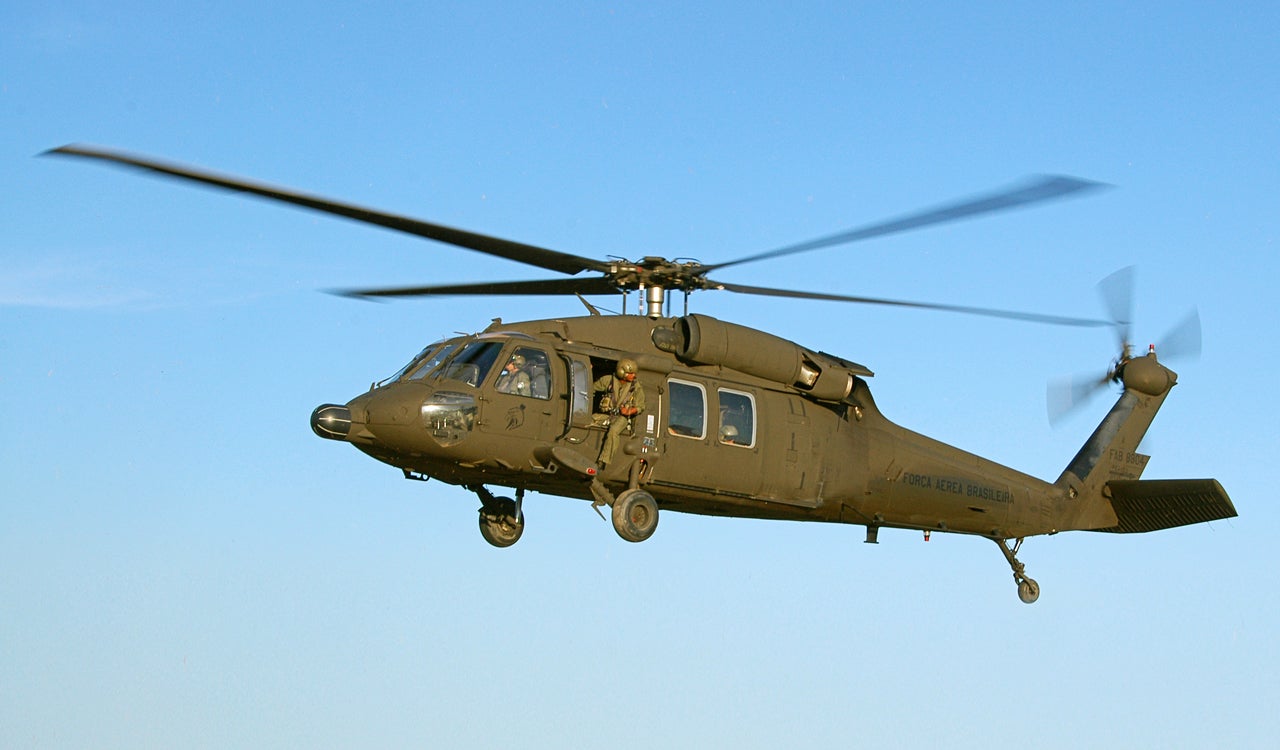UH 60 Black Hawk: Trick Attributes and Technologies
UH 60 Black Hawk: Trick Attributes and Technologies
Blog Article
The Impact of Lasting Practices on the Future of Aircraft Workflow and Emissions Decrease
As the aviation industry deals with boosting analysis over its ecological influence, the adoption of lasting practices emerges as a vital pathway toward future aircraft operations and exhausts decrease. Technologies in lasting aviation fuels and innovations in crossbreed propulsion modern technologies stand at the leading edge of this change, appealing substantial reductions in greenhouse gas emissions.

Overview of Sustainable Practices
Lasting practices in aircraft operations encompass a range of strategies focused on lowering environmental impact while maintaining functional effectiveness. These practices are important in the aeronautics market's dedication to decreasing its carbon footprint and adhering to international ecological criteria. Key campaigns consist of optimizing flight courses to lower fuel consumption, enhancing maintenance procedures to make certain aircraft run at peak efficiency, and executing advanced modern technologies such as winglets and lightweight materials that enhance the rules of aerodynamics.

Training and engaging team on sustainability methods additionally play a crucial duty, promoting a culture of environmental duty within companies. Generally, the integration of these sustainable practices not only helps in reducing exhausts yet also enhances the long-term viability of the aviation industry, guaranteeing it meets the demands of both customers and governing bodies while adding to international sustainability objectives.
Cutting-edge Gas Alternatives
Countless cutting-edge fuel choices are emerging as critical remedies to decrease the aviation industry's reliance on conventional fossil gas. Amongst these choices, Lasting Aeronautics Gas (SAFs) have gotten significant focus as a result of their prospective to reduce lifecycle greenhouse gas discharges by up to 80% compared to conventional jet fuels. SAFs are stemmed from different feedstocks, including waste oils, agricultural residues, and also algae, making them a functional option for the industry.
An additional appealing option is hydrogen fuel, which, when used in fuel cells, generates only water vapor as a result. This zero-emission potential presents a considerable opportunity for decarbonizing trip procedures, particularly for short-haul trips and local airplane. Furthermore, electric propulsion systems are being explored, leveraging battery modern technology to power airplane. While current battery ability limitations variety and payload, continuous improvements might quickly make electric trips feasible for certain applications - uh 60.
Last but not least, biofuels originated from biomass are being examined, supplying an eco-friendly choice that can be blended with standard gas. Collectively, these innovative gas options stand for a crucial action toward achieving a sustainable air travel ecological community, lining up with worldwide exhausts decrease targets and improving the sector's environmental stewardship.
Technical Innovations in Aviation

Just how can technological advancements reshape the future of aeronautics? Technologies such as electrical and hybrid propulsion systems are at the leading edge, promising considerable decreases in fuel consumption and greenhouse check gas emissions.
In addition, the implementation of advanced products, such as lightweight composites, adds to boosted the rules of aerodynamics and fuel performance. The usage of expert system and device understanding in flight procedures maximizes route planning and lowers fuel melt by making it possible for real-time modifications based upon climate and website traffic problems. Additionally, the advancement of autonomous and remotely piloted airplane systems stands to change freight and guest transport, potentially raising performance while lessening human mistake.
Moreover, lasting aeronautics technologies, consisting of innovative air website traffic management systems, can enhance procedures and minimize congestion, bring about lower discharges throughout trip. These improvements jointly stand for a paradigm change in aviation, assuring a future where sustainability and operational performance are intertwined, thereby supporting the industry's dedication to decreasing its environmental influence.

Regulative Framework and Conformity
In light of the growing focus on environmental stewardship within the air travel industry, the regulative framework controling airplane see this here procedures is advancing to advertise lasting methods. Regulatory bodies, such as the International Civil Aviation Organization (ICAO) and various national aeronautics authorities, are introducing stringent standards focused on lowering exhausts and boosting operational effectiveness.
These policies typically include the fostering of Lasting Air travel Gas (SAF), which has been acknowledged as a vital element in achieving reduced carbon impacts. Compliance with these regulations calls for airline companies to execute advanced modern technologies and operational practices, such as maximized trip courses and improved air web traffic administration, to minimize fuel usage.
In addition, the enforcement of exhausts trading plans and carbon offsetting campaigns is becoming increasingly widespread, engaging airlines to keep track of and report their exhausts precisely. Non-compliance can result in substantial fines, hence pressing drivers to prioritize sustainability in their organization designs.
Inevitably, the evolving governing landscape not just drives advancement and investment in eco-friendly innovations yet likewise cultivates a culture of responsibility within the aviation market. As these structures remain to establish, the concentrate on sustainable techniques will certainly be essential to attaining the market's long-lasting ecological goals.
Future Patterns in Airplane Workflow
As the aviation sector adapts to a significantly rigid regulatory environment, future patterns in airplane procedures are set to concentrate on cutting-edge remedies that better improve sustainability and effectiveness - uh 60. Trick growths will likely consist of the fostering of innovative air web traffic administration systems, which utilize real-time data and expert system to optimize flight courses, decreasing gas intake and discharges
One more substantial pattern is the enhanced assimilation of sustainable aeronautics fuels (SAFs) These choices to traditional jet gas, acquired from renewable resources, can significantly reduce lifecycle greenhouse gas emissions. The sector's dedication to SAFs will likely speed up as airline companies collaborate with fuel producers to make sure availability and cost-effectiveness.
Additionally, the push in the direction of electrification and crossbreed propulsion systems is acquiring energy. Emerging airplane designs will certainly include these innovations, offering quieter and a lot more efficient procedures, particularly for short-haul flights.
Final Thought
To conclude, the combination of lasting techniques in airplane procedures holds significant potential for emissions reduction and improved performance. The adoption of lasting aeronautics fuels, coupled with advancements in hybrid and electrical propulsion systems, is important for decreasing lifecycle greenhouse gas discharges. Optimizing trip courses and welcoming cutting-edge innovations add to a quieter and more environmentally friendly aviation field. Collectively, these efforts align with global sustainability goals and pave the way for a greener future in aviation.
Innovations in lasting air travel fuels and innovations in hybrid propulsion reference innovations stand at the center of this makeover, encouraging substantial decreases in greenhouse gas exhausts.Numerous innovative fuel alternatives are arising as crucial remedies to reduce the aeronautics industry's reliance on traditional fossil fuels - uh 60. Among these alternatives, Lasting Air travel Gas (SAFs) have actually gotten substantial attention due to their prospective to decrease lifecycle greenhouse gas emissions by up to 80% compared to conventional jet gas.One more considerable pattern is the enhanced integration of lasting aeronautics gas (SAFs) The adoption of lasting aeronautics fuels, paired with developments in electrical and hybrid propulsion systems, is crucial for minimizing lifecycle greenhouse gas exhausts
Report this page